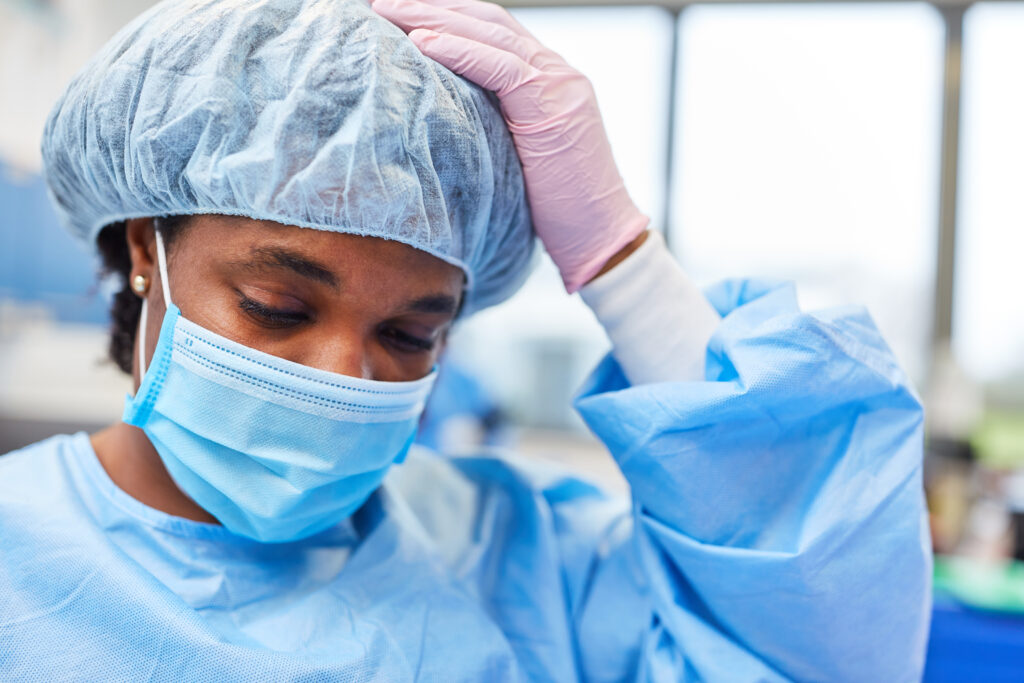Who drives technology in the dental market?

I have been a dentist since 1986. You can do the math. I’ve had and still have plenty of dentist friends, as you can imagine. Let me tell you. We are quite a “special” crowd.
Have you heard about neuroplasticity? Our brain can adapt to events on the outside; it happens mostly with repetitive events, actions, or responses. It is the same principle as AI, applied to neurons, so we could call it neural intelligence NI. As events happen, we react, and the connections
in our brains learn from those responses.
The patient and the patient’s dentist.

Going to the dentist doesn’t come close to a fairy tale. When some patients go to the dentist, it may sound more like a science fiction story! There often is drama, myth, and fantasy. In my book, “Show me your teeth,” I often use humor to give you insights about what goes on behind the scenes in dental offices, and only occasionally do I have to reach for horror stories to describe the reality.
The Dental Team

The concept of dental clinics is becoming more popular throughout the world. Creating a dental office requires a minimum investment of $300,000, usually more. Because dentists, in general, lack the business training related to how to set up and manage a dental practice, big groups (often but not always connected to insurance companies) have come into the picture with visions of the big bucks on the bottom line.
Suicide in the dental profession.

Whereas in the United States, in the general population, suicide occurs in 10.8 per 100.000 persons, there is data – Blachy et al. (1963) – that establishes the occurrence among dentists ranging somewhere between 50 to 64 per 100.000.
Is technology always good?

I have been a dentist since 1986. Please, do the math. I’ve had and still have plenty of dentist friends, as you can imagine. Let me tell you. We are quite a “special” crowd.